BUS5AP: Problem Formulation of Analytical Tasks for Melbourne City
VerifiedAdded on 2022/10/06
|6
|907
|18
Report
AI Summary
This briefing note and accompanying assignment addresses the problem formulation of analytical tasks for the city of Melbourne, focusing on leveraging the city's open data portal to enhance urban planning and development. The assignment, written for a business analytics advisor to the Lord Mayor, Sally Capp, identifies key deliverables such as park enhancement, improved transport, land use optimization, and commercial/residential area development. It acknowledges various constraints, including land use controls, building codes, and construction costs, as well as assumptions about population growth and increased reliance on public transport. The report proposes ideas such as expanding park sizes, developing cycling infrastructure, and optimizing land use to accommodate a growing population, all while addressing potential issues like congestion and urban sprawl. The structure of the report includes an issue tree to visually represent the core problems and their relationships, enhancing the understanding of the complex challenges faced by the city. The document showcases how data-driven insights can inform strategic decisions and contribute to a more sustainable and livable Melbourne.
1 out of 6
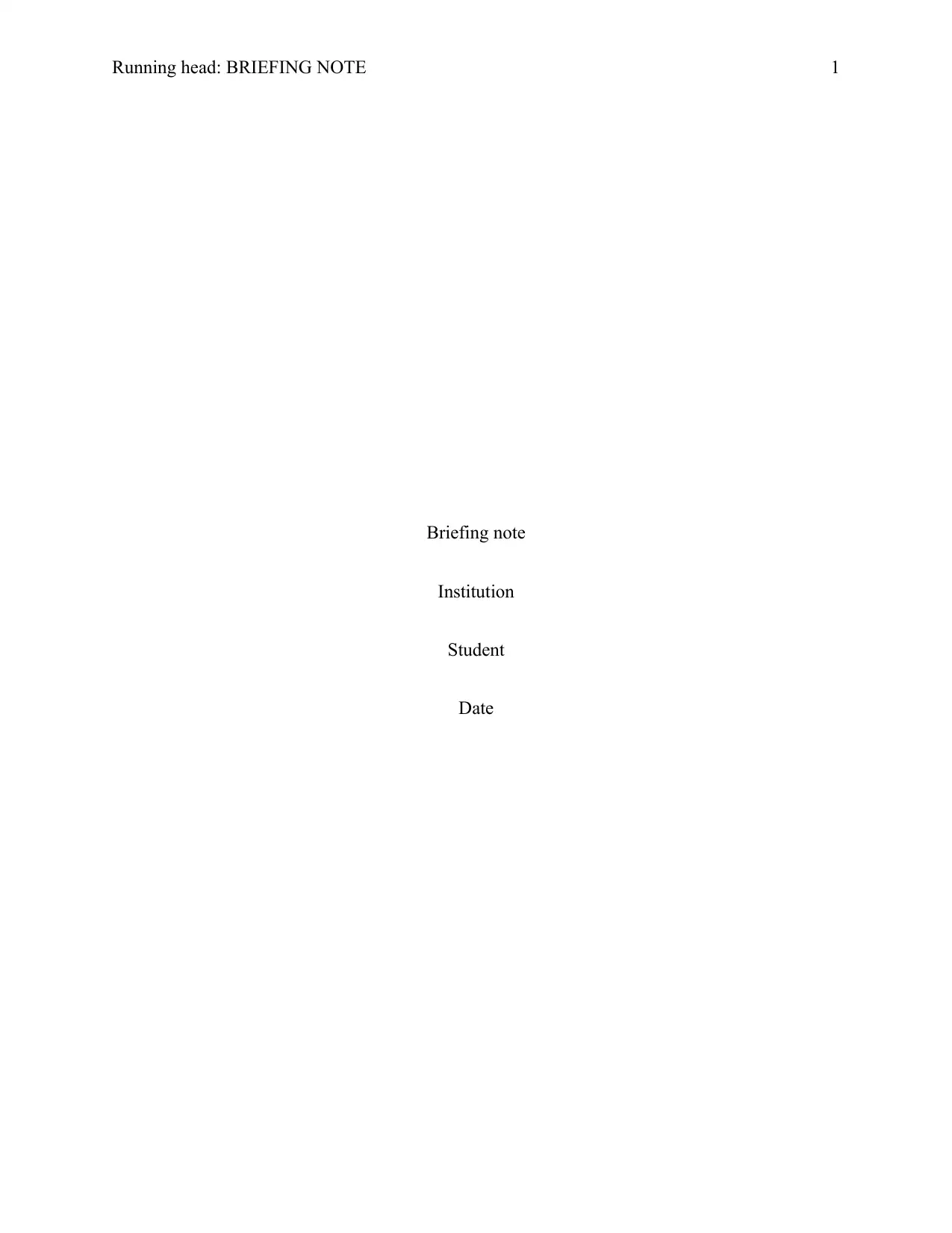
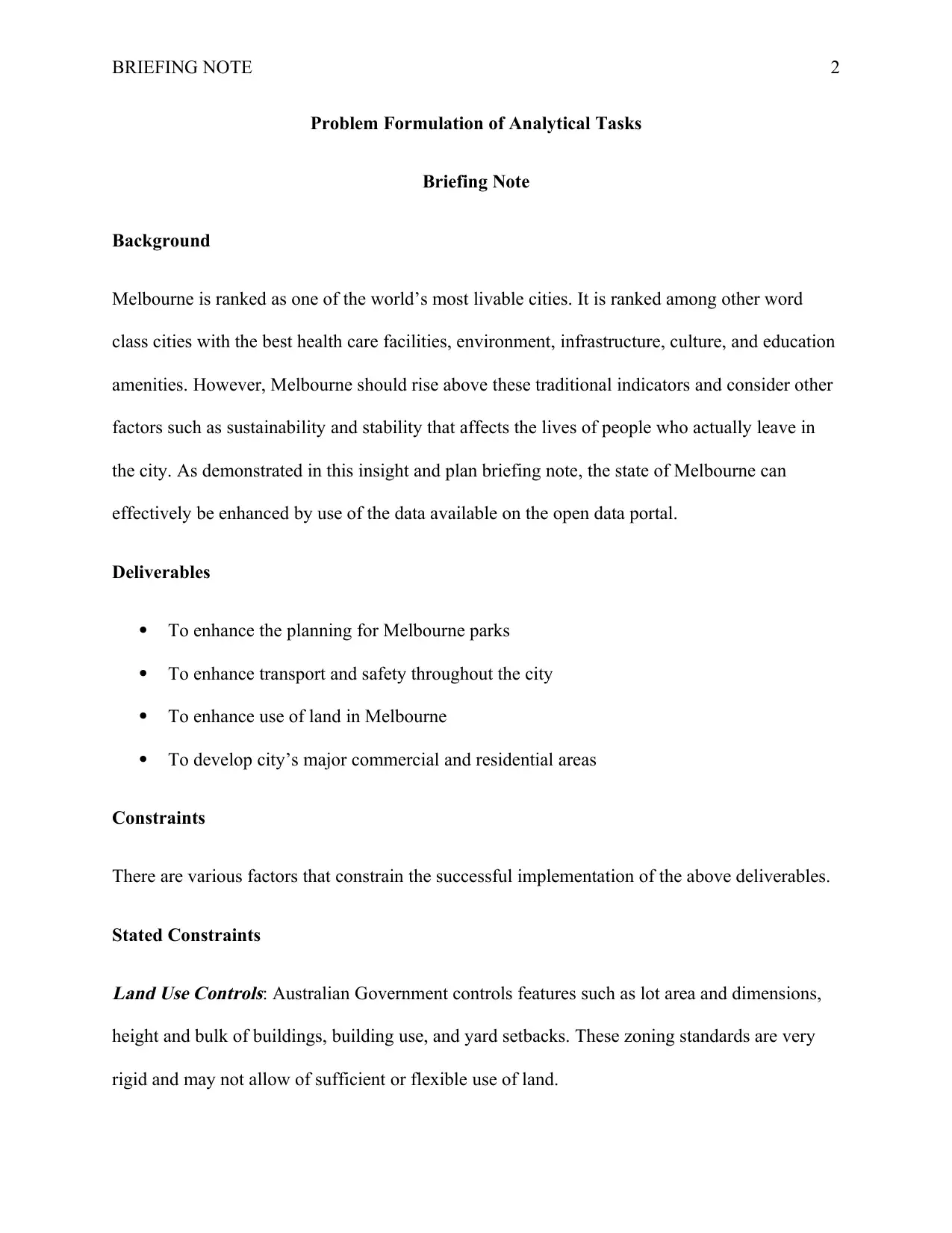
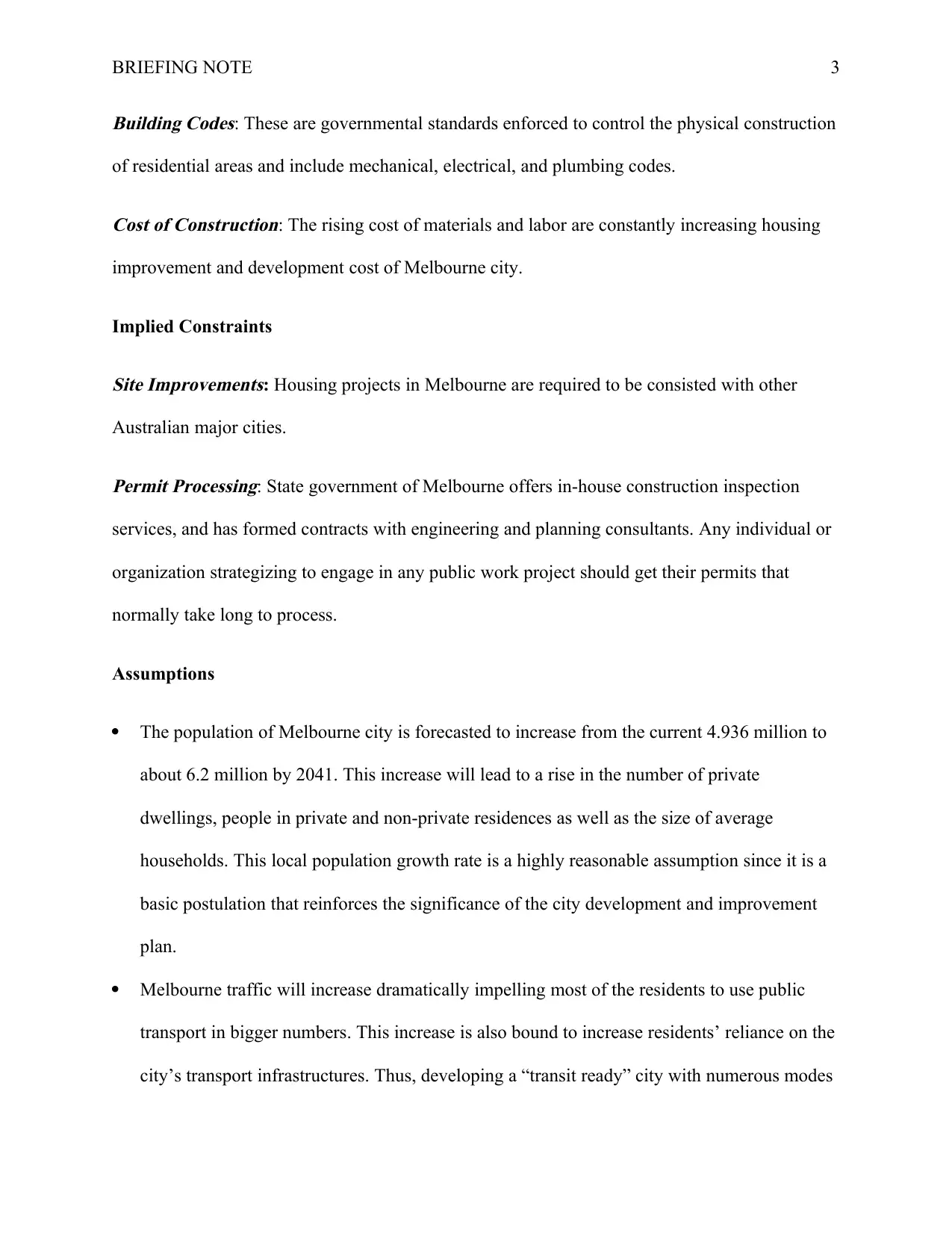

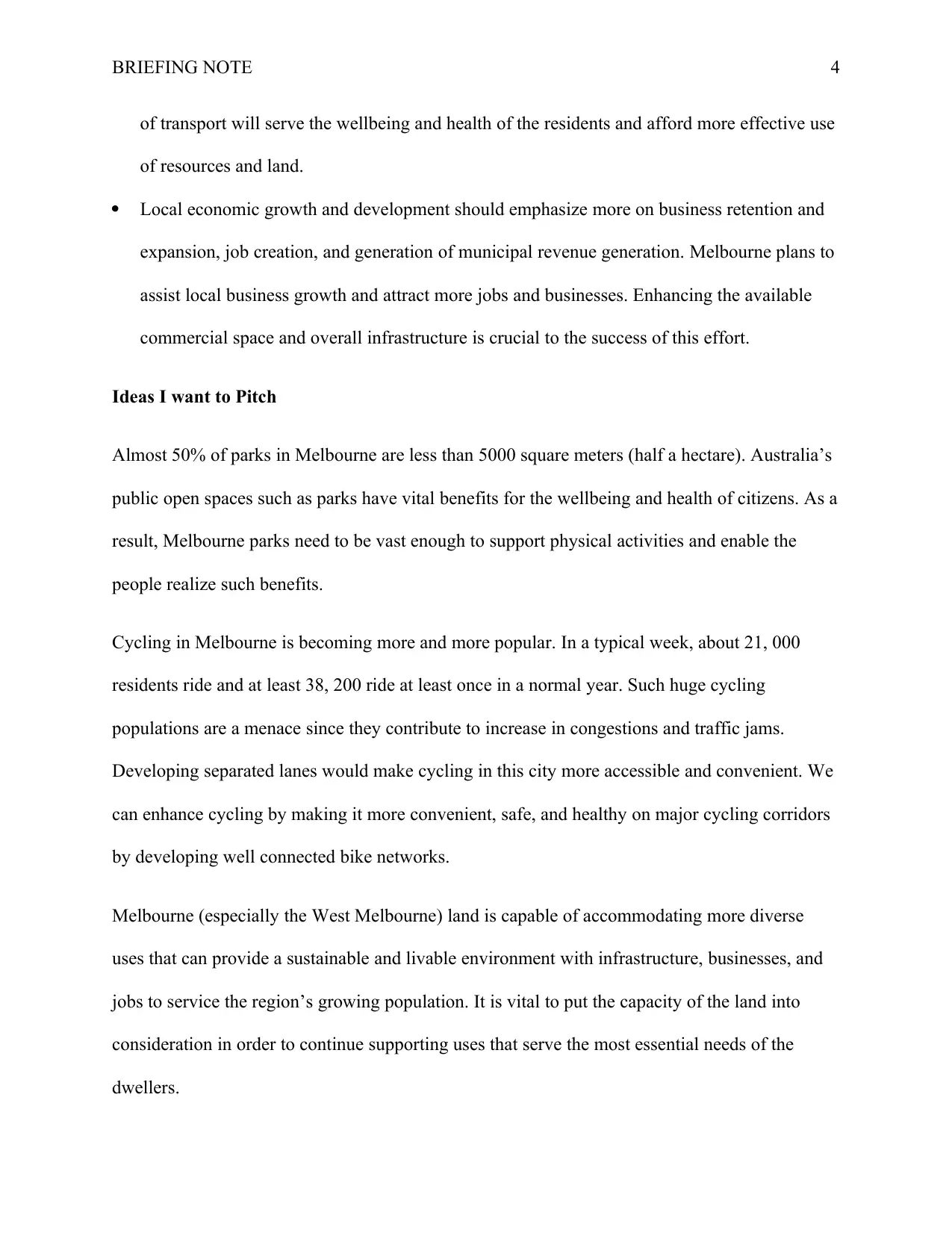
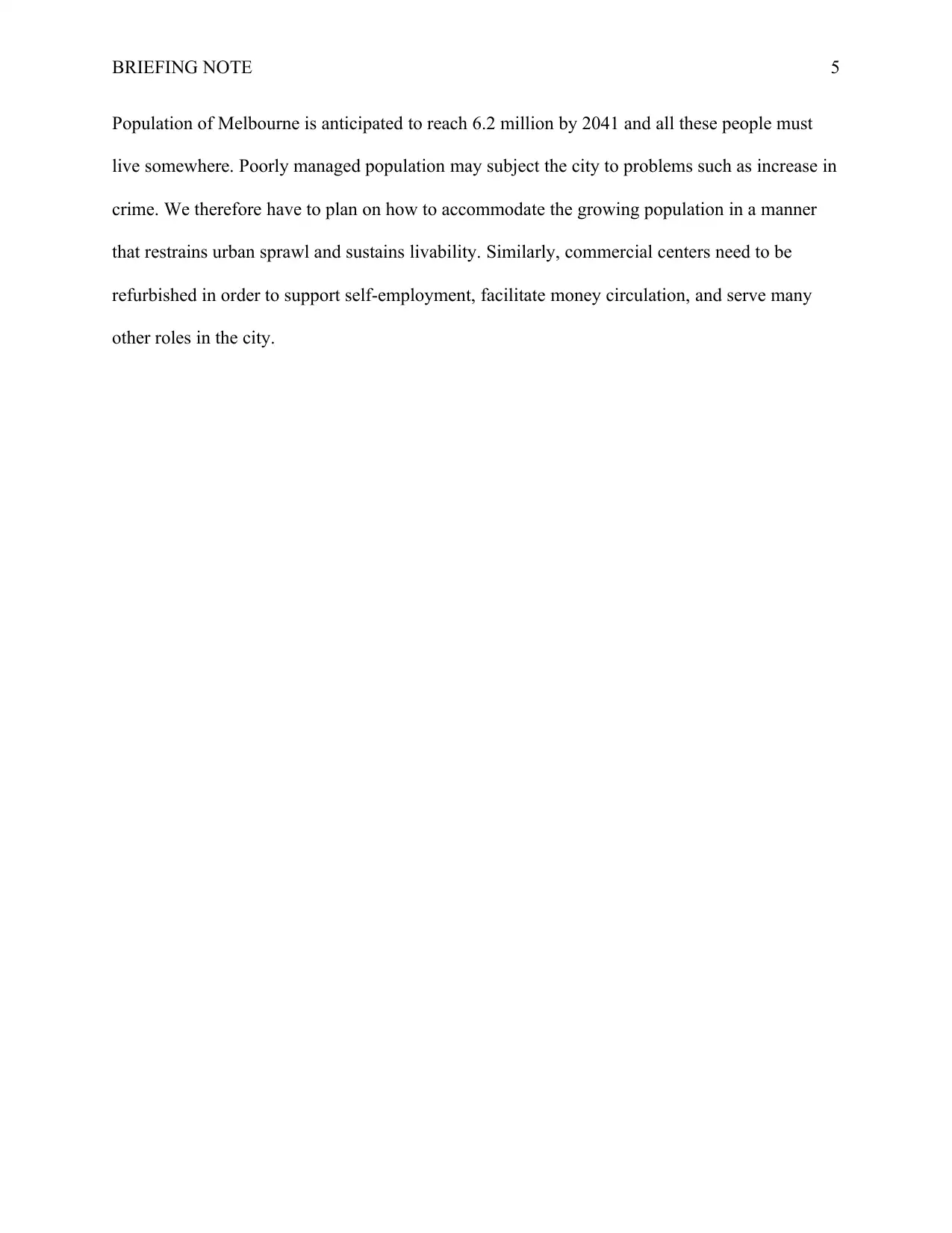
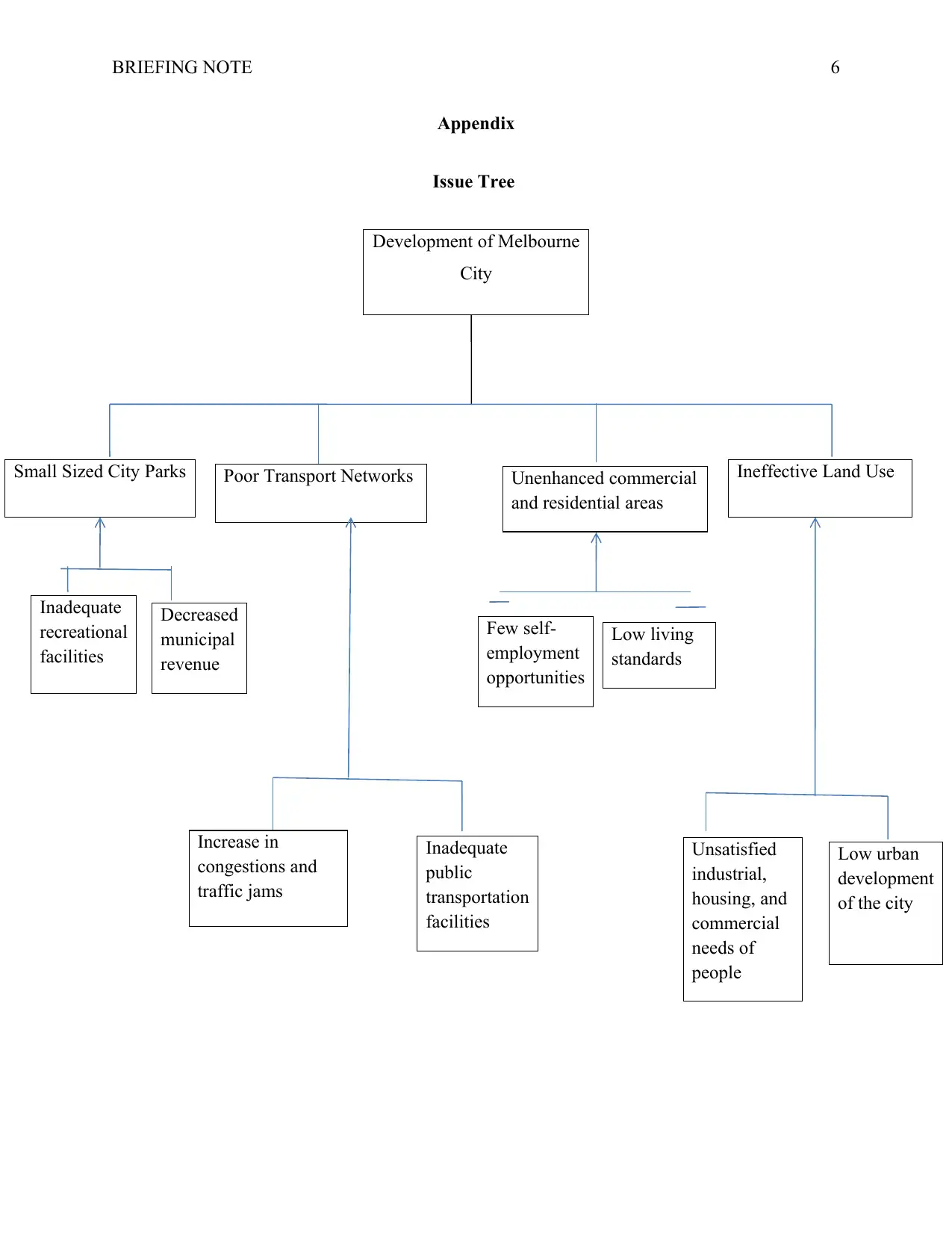






![[object Object]](/_next/static/media/star-bottom.7253800d.svg)